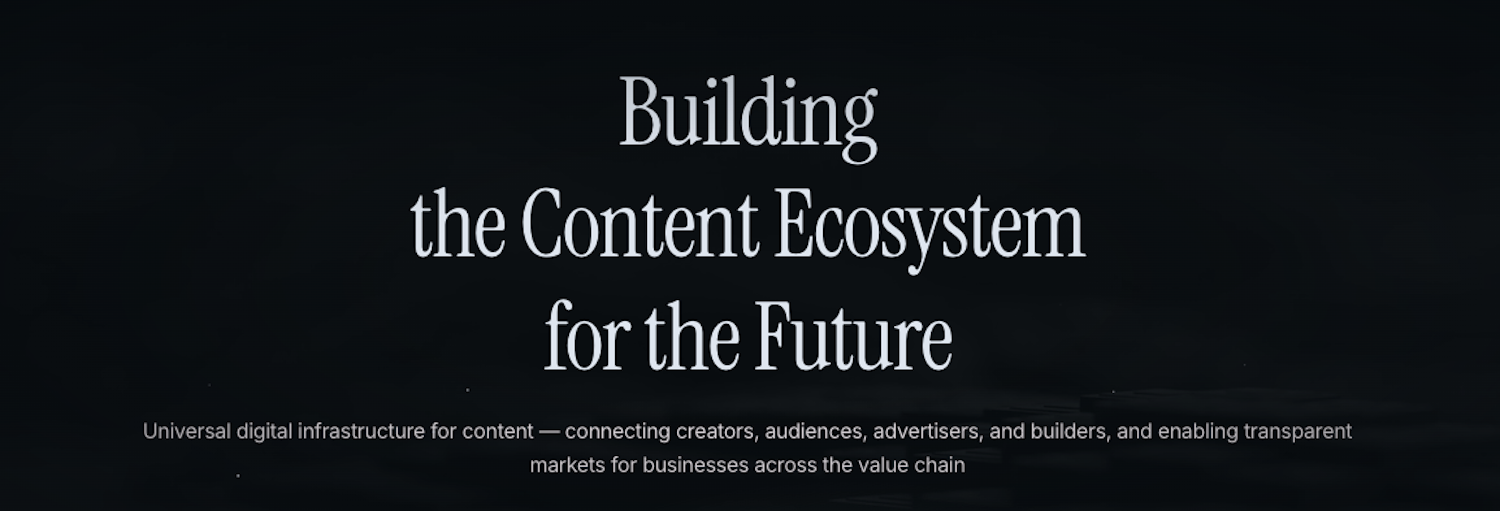Introducing RegistryAccord Docs
RegistryAccord Docs is now live, providing a single home for the open protocol that lets creators own their work, audience, and the economics of their business.
You can access the site at the public URL and follow the Getting Started path to run locally in minutes.

What is RegistryAccord
RegistryAccord is an open protocol built on decentralized identity and open standards to enable creator ownership and portability across platforms.
The project emphasizes interoperability and works across different services, with creators retaining control over content, audience, and data.
What’s in this release
- A restructured documentation hub with About, Getting Started, Contributing, and technical guides to cover all core components.
- Automated GitHub Pages deployment so every merge to main publishes the latest docs for contributors.
- Updated styling and a blog section to share architecture deep dives, roadmaps, and contribution calls.
Platform architecture at a glance
The platform centers on key services including an Identity layer, a Content Registry, a Storage Abstraction, a Gateway/Feed layer, Payments and Revenue services, and Analytics/Telemetry.
These components are designed as open, interoperable building blocks so teams can adopt incrementally and extend the ecosystem.
Build your first flow
Start with the Quickstart to run the docs site locally, then progress to creating a developer identity and publishing a sample piece of content through the registry.
Use the SDKs and CLI to authenticate, register content, and retrieve it via the feed or gateway once you have the dev stack running.
How to contribute
The repository welcomes issues and pull requests, with docs authored in Markdown/MDX and CI set up to validate and deploy changes automatically.
Begin by forking the repository, creating a feature branch, and opening a PR that links to an Issue and includes screenshots for any UI changes.
What’s next
Upcoming posts will share detailed component deep dives, sample app walkthroughs, and the contribution roadmap so builders can pick up well‑scoped tasks.
If you’re interested in specifications, APIs, or SDKs, watch this space for references and examples aligned to the protocol services.
